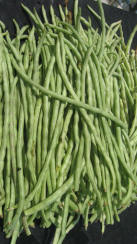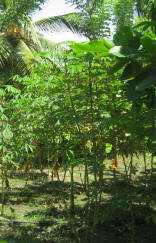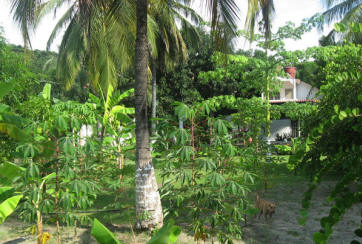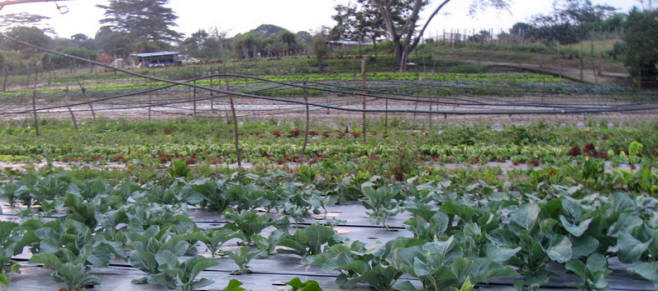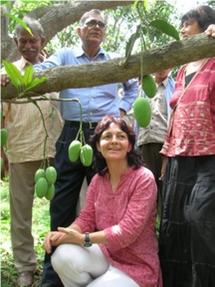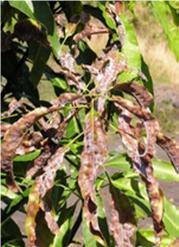It’s a sad state of affairs when more than three billion people around the world suffer from malnourishment – including in the U.S. – and yet most ‘improvements’ to increase food production is simply making our food less nourishing, rather than more so.
But more and more people are getting wise to this problem and are inciting change through their shopping habits and pocketbooks.
A 2007 study published in the American Journal of Agricultural Economics found that shoppers were willing to pay more for locally grown food, and those shopping at farmers’ markets were willing to spend the most for food grown close to home.
Small local farms are cropping up as a result, and many of them use organic, sustainable farming practices even though they may not have been certified as such.
The top reasons people cite for wanting organic, locally-grown food?
• Better food quality
• Better taste
• Freshness
And no wonder, considering the fact that studies, such as the one above, is finding that conventionally grown produce simply isn’t what it used to be.
Many “health” experts continue to state that there is little difference between organic and conventionally raised produce, but if they review this and other evidence, they will likely have to change their tune.
Organic Foods – a Far More Nutritious Choice
The simplest way back toward health is to focus on whole, organic foods, grown or raised as nature intended. Meaning, it’s grown using sustainable farming practices, and without the use of chemical additives, pesticides and fertilizers.
Food grown in healthier soil, with natural fertilizers and no chemicals, simply has to be more nutritious. It is common knowledge — though knowledge that is greatly suppressed in the United States.
A 2003 study in the Journal of Agricultural Food Chemistry, for example, found that organic foods are better for fighting cancer. And in 2005, scientists found that, compared to rats that ate conventional diets, organically fed rats experienced various health benefits. Rats that ate organic or minimally fertilized diets had:
Improved immune system status
Better sleeping habits
Less weight and were slimmer than rats fed other diets
Higher vitamin E content in their blood (for organically fed rats)
But perhaps one of the best studies out there on the benefits of organic versus conventionally-grown foods is the 2007 QualityLowInputFood Project — a $25-million study into organic food — the largest of its kind to date.
The researchers grew fruit and vegetables, and raised cattle, on adjacent organic and non-organic sites, and discovered that:
Organic fruit and vegetables contain up to 40 percent more antioxidants
Organic produce had higher levels of beneficial minerals like iron and zinc
Milk from organic herds contained up to 90 percent more antioxidants
The results were so impressive they stated that eating organic foods can even help to increase the nutrient intake of people who don’t eat the recommended five servings of fruits and vegetables a day.
As illustrated in the two charts below, this four-year, European-Union-funded study also found marked differences between dry matter, mineral, vitamin, protein, and amino acid concentrations between organic and conventional crops.
And, Don’t Forget About the Chemical Toxins!
In addition to simply being depleted of many essential nutrients — for all the reasons mentioned in the article above — conventionally grown food is also typically tainted with a multitude of chemical residues, including chemical fertilizers, insecticides, and herbicides.
These chemical concoctions can cause a wide variety of health problems, including:
Neurotoxicity
Disruption of your endocrine system
Cancer
Immune system suppression
Male infertility and miscarriages in women
Traditional, Local Farming on the Rise
Unfortunately, whereas organic foods were once truly raised naturally, on small farms with great integrity, big business has now stepped in and tainted many of the principles upon which the organic label was founded. You are, in fact, being ripped off by much of the organic food you are buying, so buyers beware…
However, increasing numbers of people are now reverting back to the ways of our ancestors, choosing to purchase food directly from local farmers – who generally apply organic farming practices — and cooking it using slow, traditional methods.
Proof of this trend can be seen in the rise of small farms. After declining for more than a century, the number of U.S. small farms has increased 20 percent in the past six years.
But there is still a long way to go. Organic food represents less than 2 percent of the food economy, and local food makes up well under 1 percent. There is some debate on the issue of which is better: organic or locally-grown. Ideally you’ll want both.
But keep in mind that even if your local farmer is not certified as organic, by speaking with them and establishing a rapport you will truly know how your food is raised and grown. Many small farmers grow their crops according to organic standards, yet are unable to afford the federal certification progress to legally call them so.
But in the end, it’s not really the certification itself – which big food manufacturers can afford – that matters, but whether or not your food has been grown in a manner that is compatible with nature and will sustain your good health.



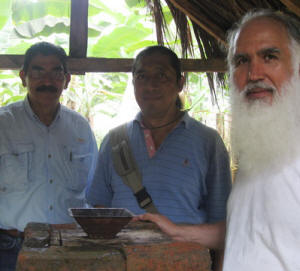 “Homa Farming has been applied in the banana plantation, Fountain of Joy (officially still called “Sorrows”) since 2007. It has 2 Homa Resonance Points installed with the respective cabins for the practice of Agnihotra and Om Tryambakam Homa.”
“Homa Farming has been applied in the banana plantation, Fountain of Joy (officially still called “Sorrows”) since 2007. It has 2 Homa Resonance Points installed with the respective cabins for the practice of Agnihotra and Om Tryambakam Homa.”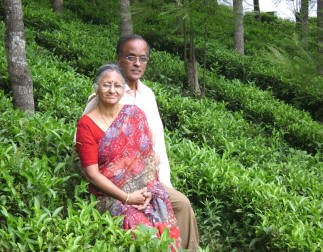 “Since we started doing Homa Therapy and applying Biosol made with Agnihotra ash, our tea leaves are without infection. We have not had any crop loss due to pests or disease. We pruned our bushes recently and there has been no infection at all. The new leaves are green and lush. All tea leaves have a healthy sheen (glow). The leaves remain fresh even hours after picking. And the quality of leaves has improved greatly!”
“Since we started doing Homa Therapy and applying Biosol made with Agnihotra ash, our tea leaves are without infection. We have not had any crop loss due to pests or disease. We pruned our bushes recently and there has been no infection at all. The new leaves are green and lush. All tea leaves have a healthy sheen (glow). The leaves remain fresh even hours after picking. And the quality of leaves has improved greatly!”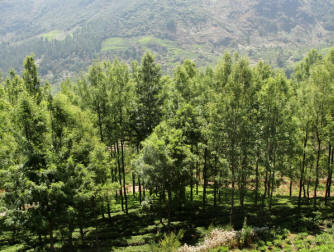
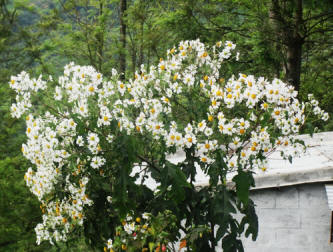 “There was one more tree whose name we don’t know and which grew from a small cutting to about 3.5 meters tall in one year and produced a crown full of flowers (see photo left). Another cutting of this was planted by us in a pot and then was passed on to my wife’s sister who lives about 8 Kms from our house. It grew to about 0.5 meter at the end of one year and there were no flowers.”
“There was one more tree whose name we don’t know and which grew from a small cutting to about 3.5 meters tall in one year and produced a crown full of flowers (see photo left). Another cutting of this was planted by us in a pot and then was passed on to my wife’s sister who lives about 8 Kms from our house. It grew to about 0.5 meter at the end of one year and there were no flowers.”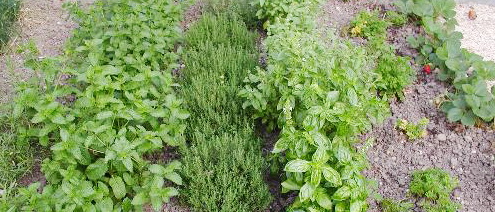
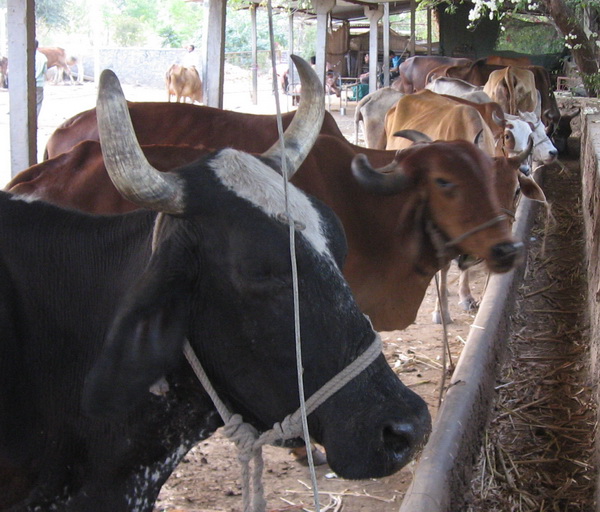
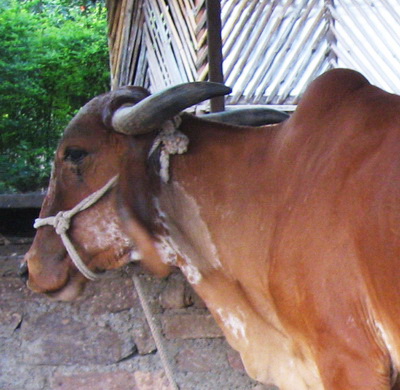
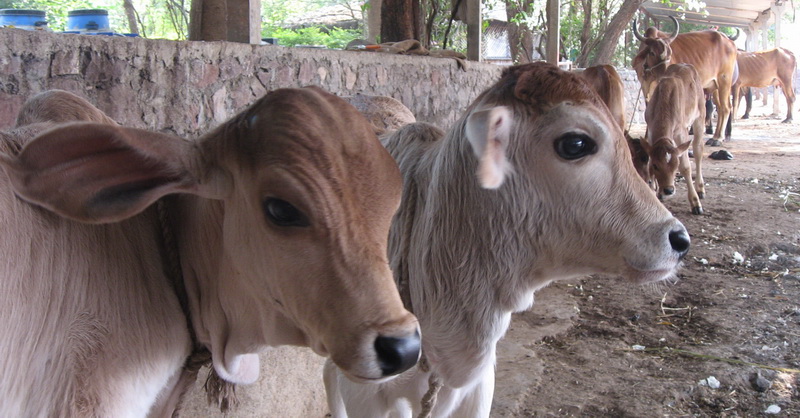
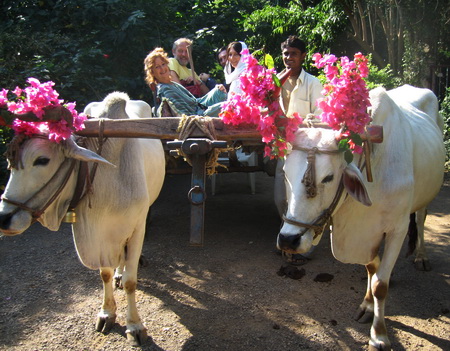
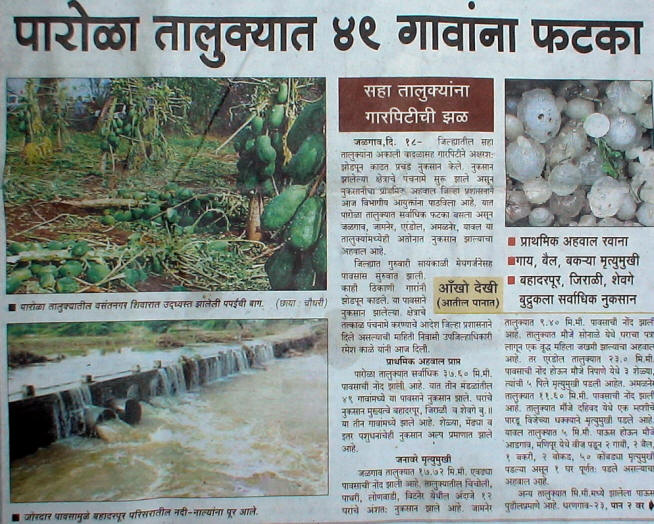

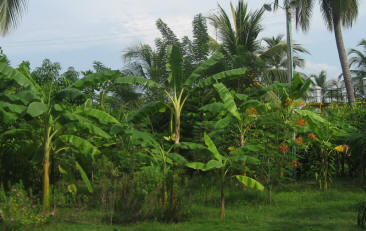 “We planted cassava, mangos, guava, papaya, plums, beans, sapodilla, lemons, avocados, grapes and many aromatic herbs such as mint, oregano and plenty of basil around the house and all this on the salty sand of the beach. We spray everything with the Agnihotra ash water solution and of course, we practice daily sunrise and sunset Agnihotra.”
“We planted cassava, mangos, guava, papaya, plums, beans, sapodilla, lemons, avocados, grapes and many aromatic herbs such as mint, oregano and plenty of basil around the house and all this on the salty sand of the beach. We spray everything with the Agnihotra ash water solution and of course, we practice daily sunrise and sunset Agnihotra.”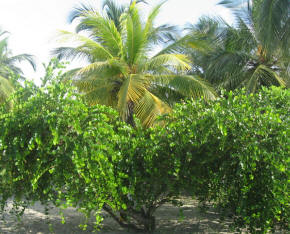 “We also have 4 varieties of plantains and bananas which are the manzano banana (small banana), a thick variety banana with 4 edges, a big banana called “Harton” (eaten fried or green) and the regular banana variety which is eaten in fruit salads.”
“We also have 4 varieties of plantains and bananas which are the manzano banana (small banana), a thick variety banana with 4 edges, a big banana called “Harton” (eaten fried or green) and the regular banana variety which is eaten in fruit salads.”